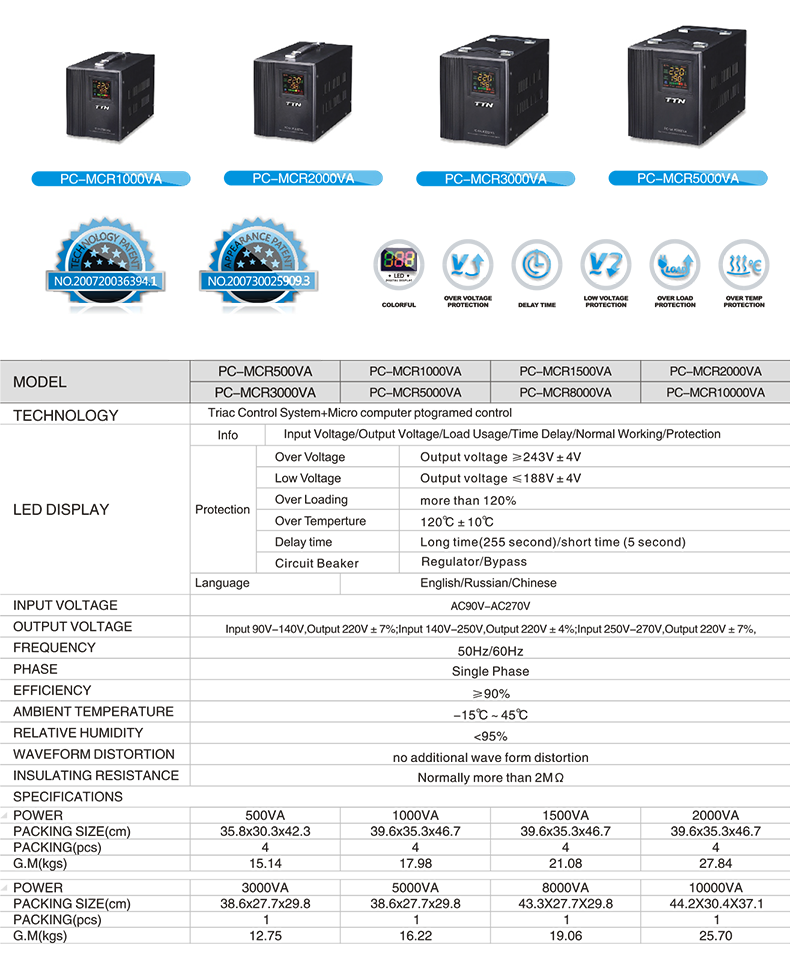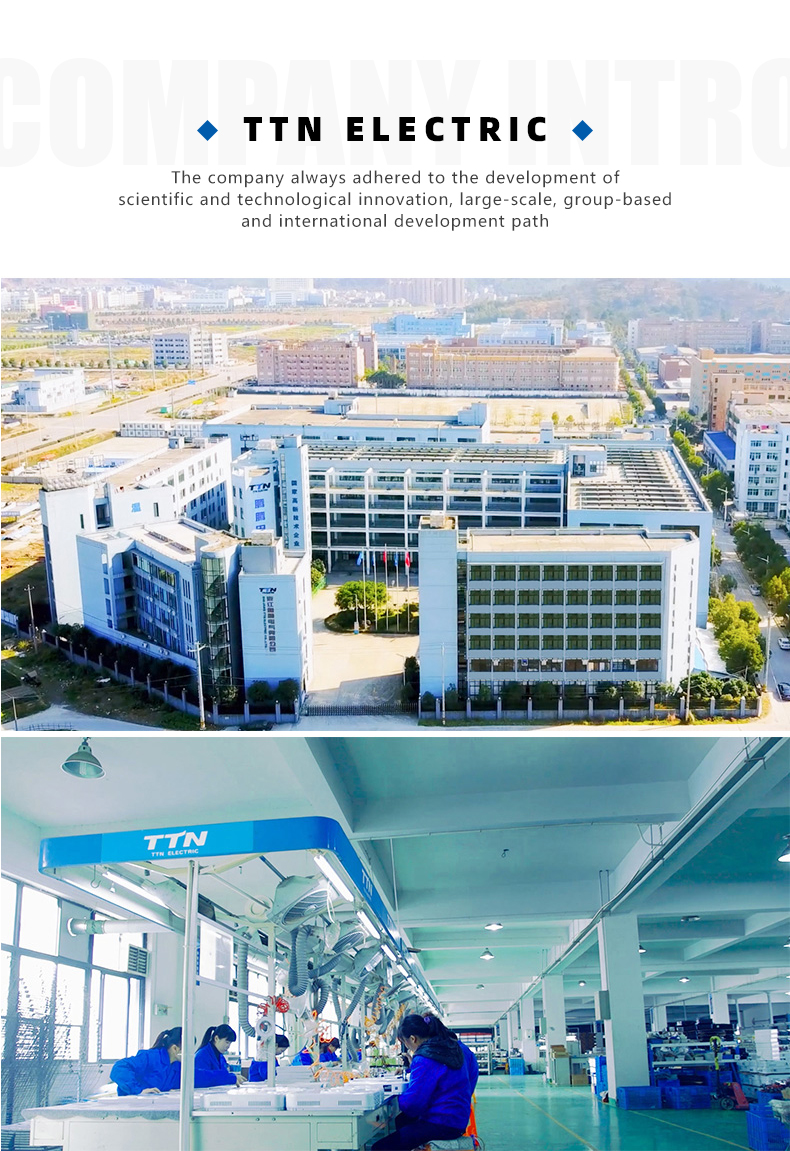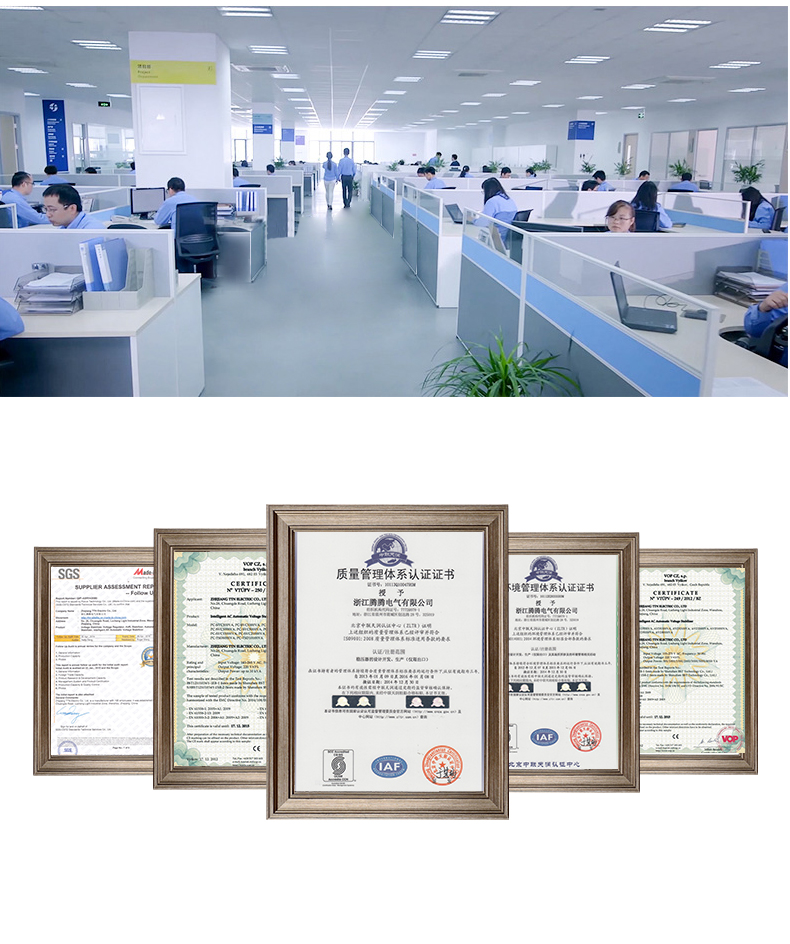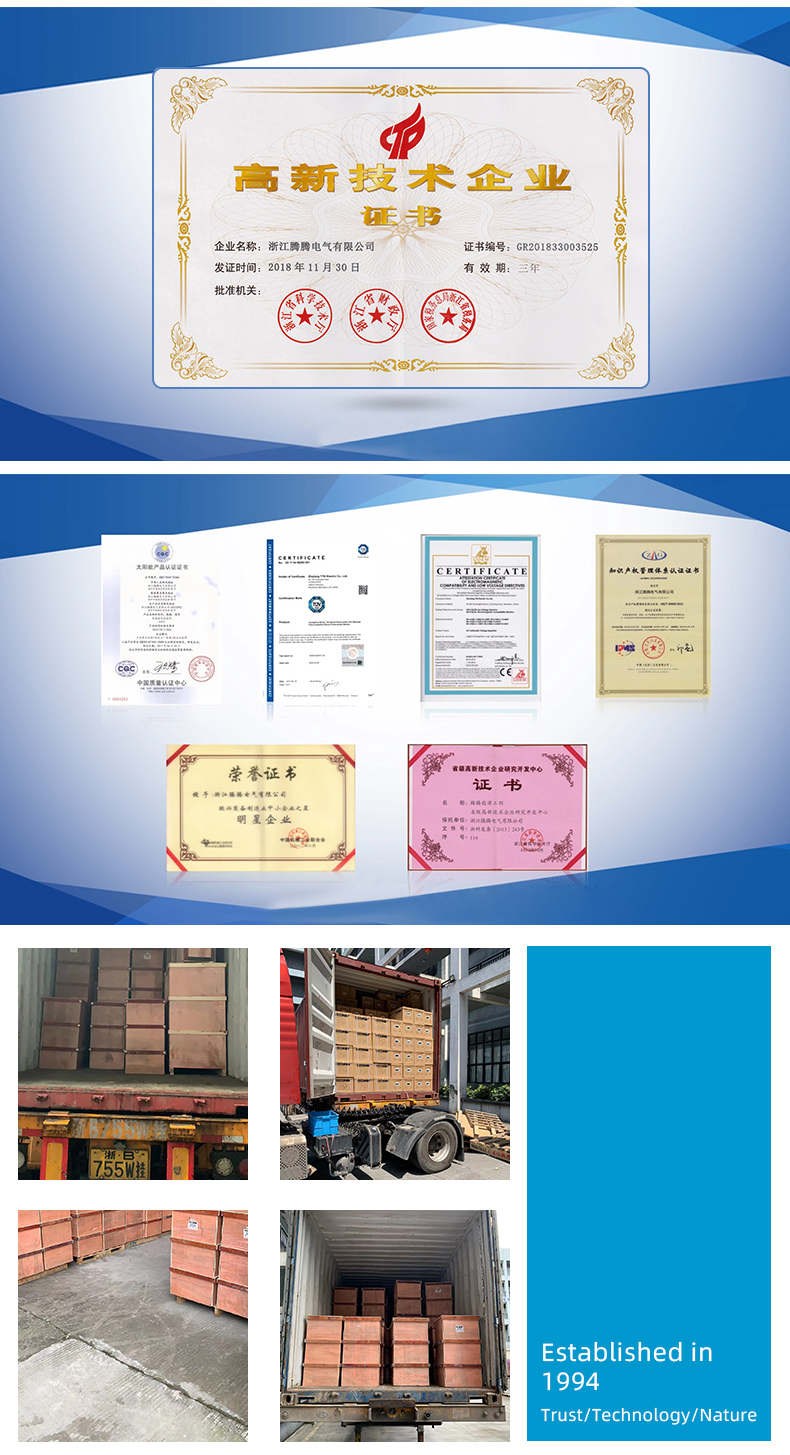The National Development and Reform Commission (NDRC) is expected to announce the final results of its anti-monopoly investigation into Qualcomm by the end of this month. According to a source in the chip industry, known as Zhong Bai under a pseudonym, the investigation may not only involve fines but also include adjustments to the patent licensing model and the cancellation of anti-authorization agreements. If implemented, this could mark the first major shift in Qualcomm’s global patent fee structure, as similar investigations in Japan, South Korea, and the EU have either been paused or resolved.
When contacted for comment, Qualcomm responded: “This matter is still under review, and we are cooperating with the NDRC. Beyond that, there is no further information to share.†Some unnamed industry insiders speculate that if penalties are imposed, Qualcomm might offset potential revenue losses by increasing chip prices.
In September, a source told the Southern Reporter that many mobile phone manufacturers had delayed paying Qualcomm’s patent fees, waiting for the outcome of the investigation. This backlog continues, and companies hope for a restructuring of the patent fee model.
“Changing the patent fee model would be more impactful than just a fine,†Zhong Bai said. “While other chipmakers charge around 5% of the chip price as a patent fee, Qualcomm charges 5% of the total device cost. For example, if a phone costs 3,000 yuan, Qualcomm would charge 150 yuan in patent fees, even though the chip itself might only cost 200 yuan.â€
According to Qualcomm’s Q4 2014 financial report, patent licensing brought in a gross margin of 85%, compared to 21% for chip sales. Although 60% of its revenue comes from chip sales, 60% of its profits come from patents. However, patent licensing revenue declined by 4% year-over-year in Q4, and profits fell by 5%. At the earnings call, CEO Steve Mollenkopf acknowledged challenges in China, stating that some local manufacturers were delaying or refusing to pay patent fees due to the ongoing investigation.
“If the patent fee model changes, it could lead to higher chip prices,†Zhong Bai noted. He added that Qualcomm has been selling 4G chips at a lower gross margin than usual, about 10% cheaper than MTK, partly because of the high patent fees they previously charged.
However, IT commentator Sun Yongjie believes that raising chip prices to compensate for lost patent revenue is understandable. “Qualcomm holds 80% of 4G patent technology, and its products remain irreplaceable in the high-end market. So, increasing prices is a logical move.â€
The antitrust probe also targets anti-authorization protections, which require manufacturers using Qualcomm chips to grant them cross-licensing rights. If these protections are removed, companies like Xiaomi and OPPO—which hold fewer patents—could face challenges. A search on the China Intellectual Property Bureau’s website revealed that Xiaomi and OPPO hold 1,486 and 2,414 patents respectively, while ZTE and Huawei hold over 50,000 and 60,000 patents.
ZTE and Huawei have reportedly sent legal letters to other phone manufacturers over alleged patent infringement. Zhong Bai confirmed that most major brands, including Xiaomi, OPPO, and BBK, have received such letters. ZTE stated, “We support intellectual property protection that benefits the industry’s healthy development, but we cannot disclose all details.â€
Whether it’s the removal of anti-authorization protections or a change in pricing, the move is seen as positive for domestic chipmakers. Industry insiders say that low-end chips from Chinese manufacturers are currently priced more than $1 cheaper than Qualcomm’s. The industry consensus is to use Qualcomm at the high end and domestic chips at the low end. In November, Xiaomi invested in a subsidiary of Datang, reflecting this strategic shift.
Triac Control Voltage Regulator
PC-scr series Triac control Voltage Regulator has the low energy consumption,the over voltage protection,the low voltage protection,the over-current protection,the over-loading protection,the over-temperature protection and so on.It boasts for many kinds of protections,the collection energy conservation and the environmental protection ect.This is a brand-new concept product which possess many new technologies!This series products simultaneously ha applied for many technical monopolies
We already applied many kinds of this products patent, and the technical patent NO: 200720036394.1 and Appearance paten NO: 200730025909.3
2. Use for equipment:
Computer
Test equipment
Light system
Safe alarm system
Ray equipment
Medical equipment
Copy machine
Stereo equipment
Numerical control machine tools
Industrial automation equipment
Color and drying equipment
Test equipment
Hi-Fi equipment




Triac Control Voltage Regulator,Triac Voltage Regulator,Triac Based Ac Voltage Regulator,5Kva Wall Voltage Regulator
zhejiang ttn electric co.,ltd , https://www.ttnpower.com



